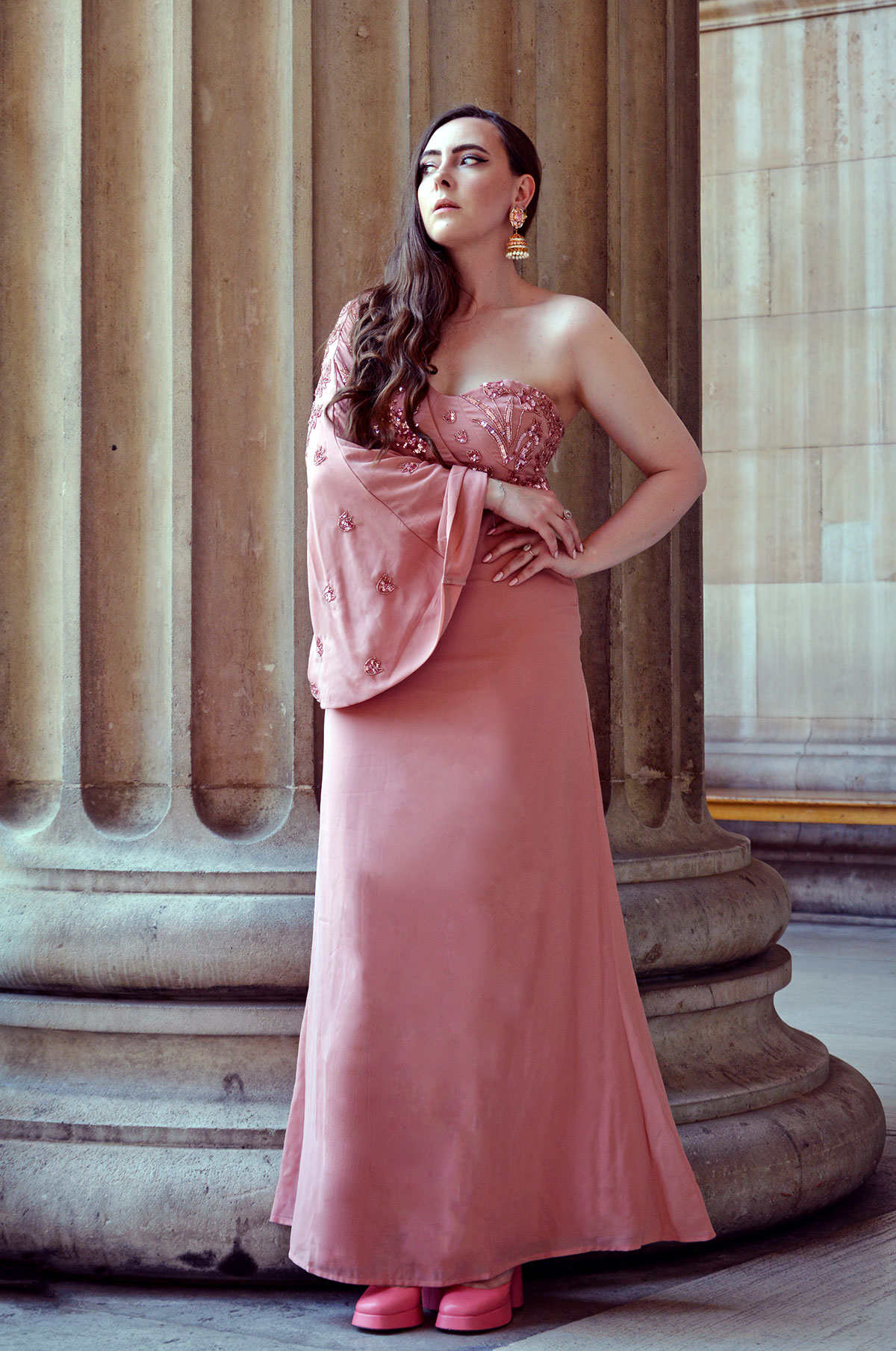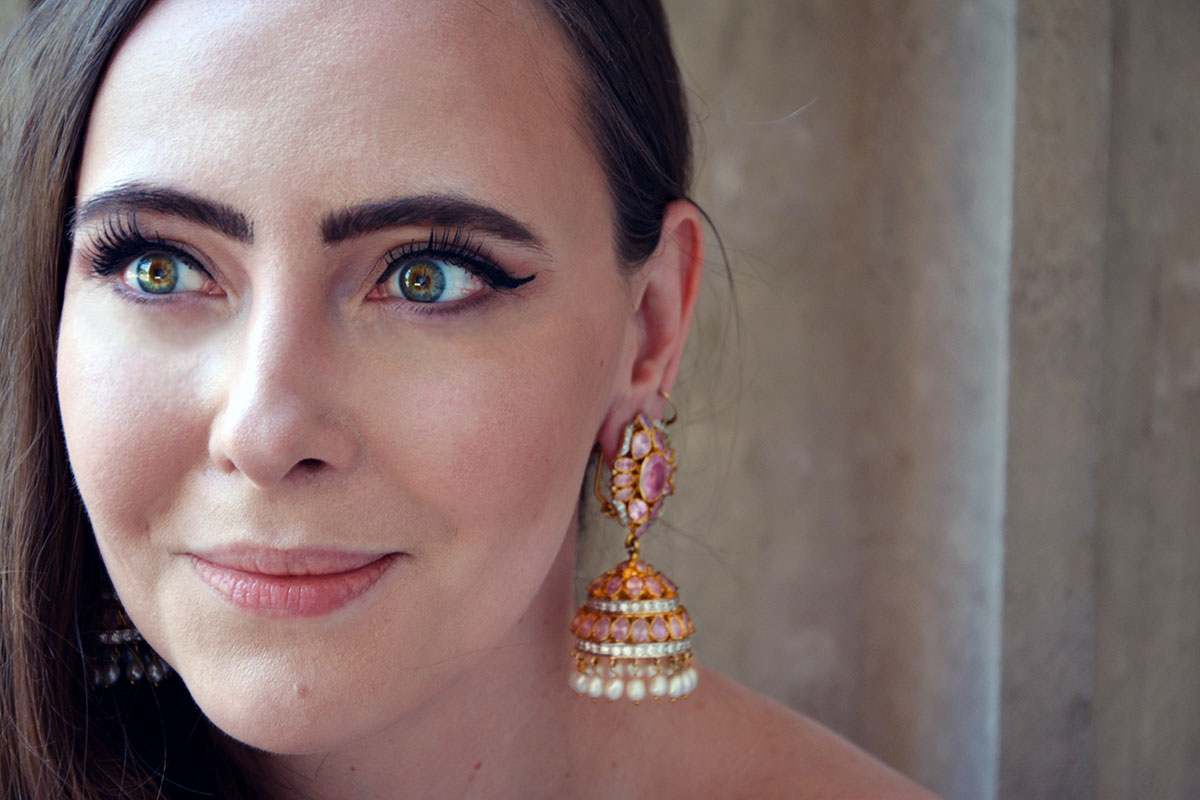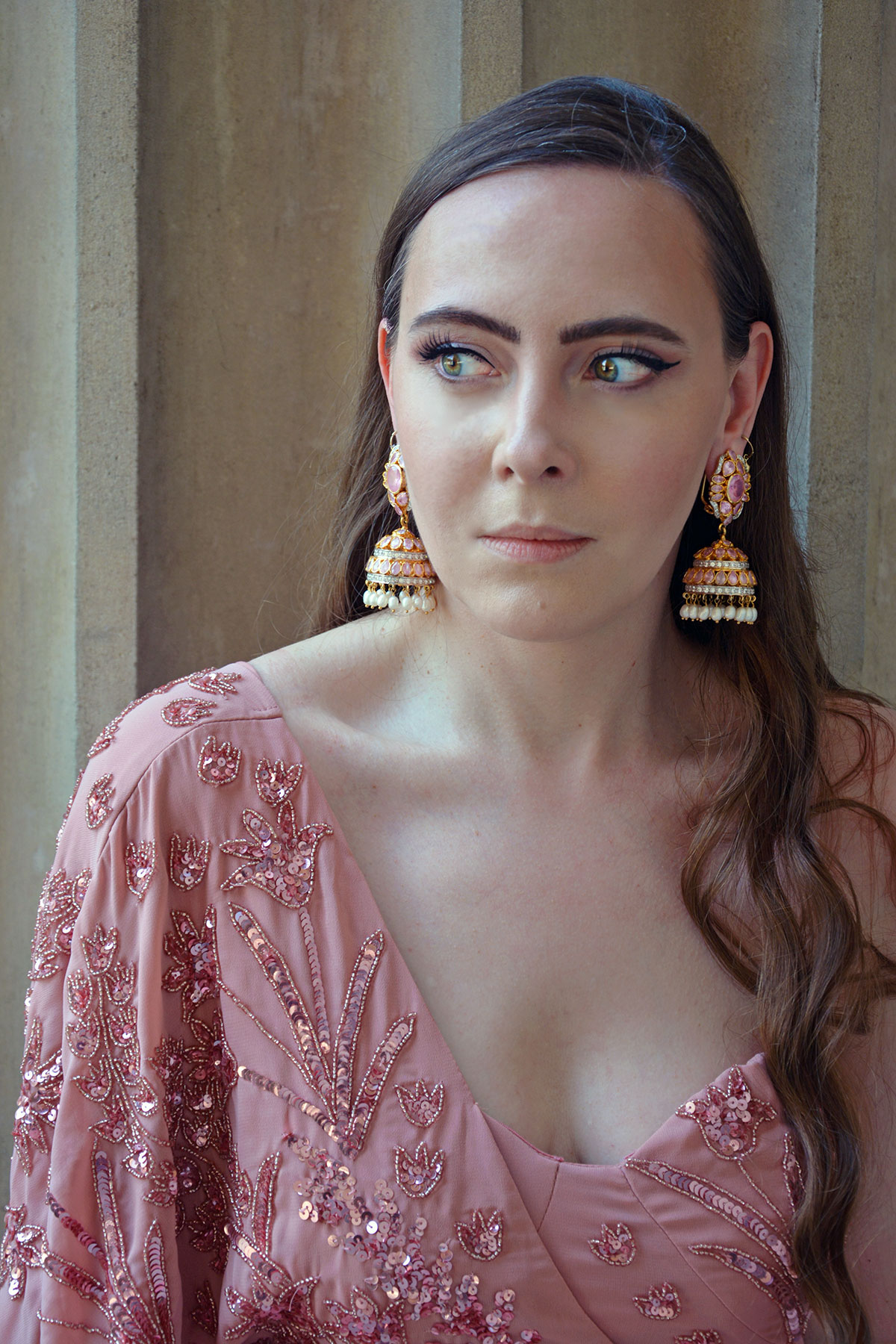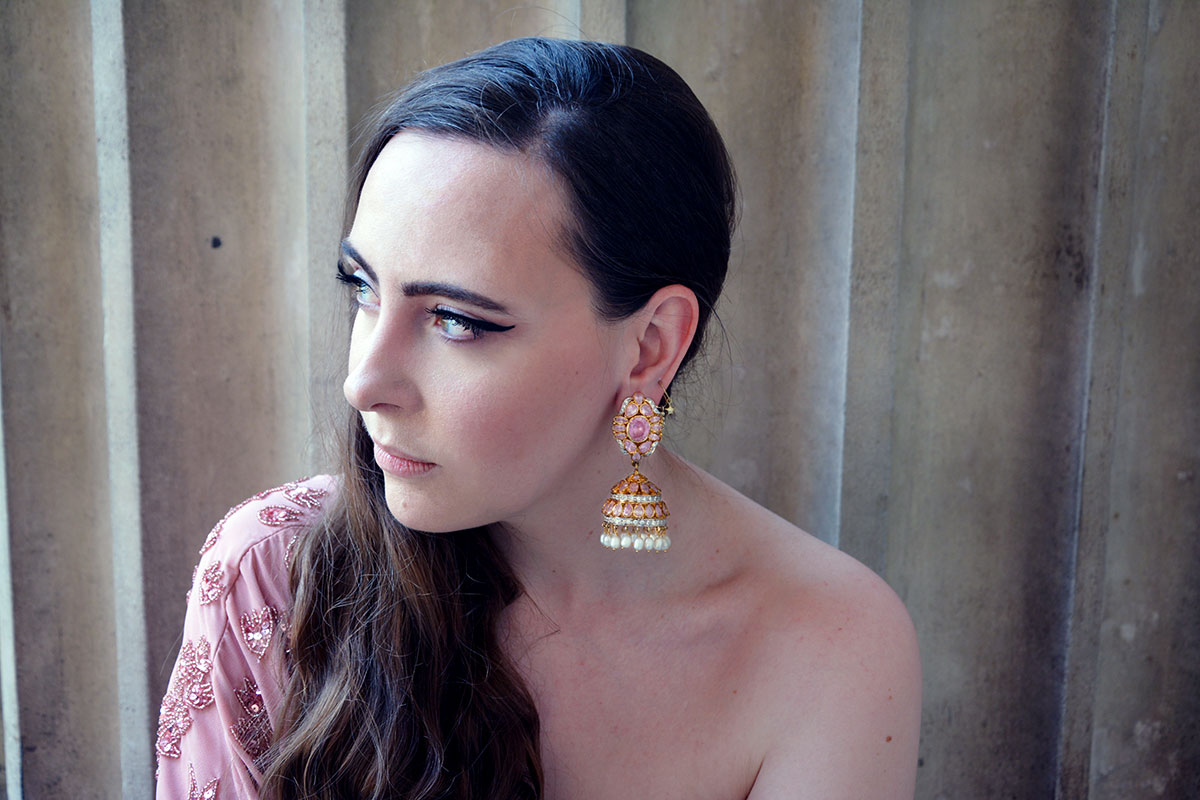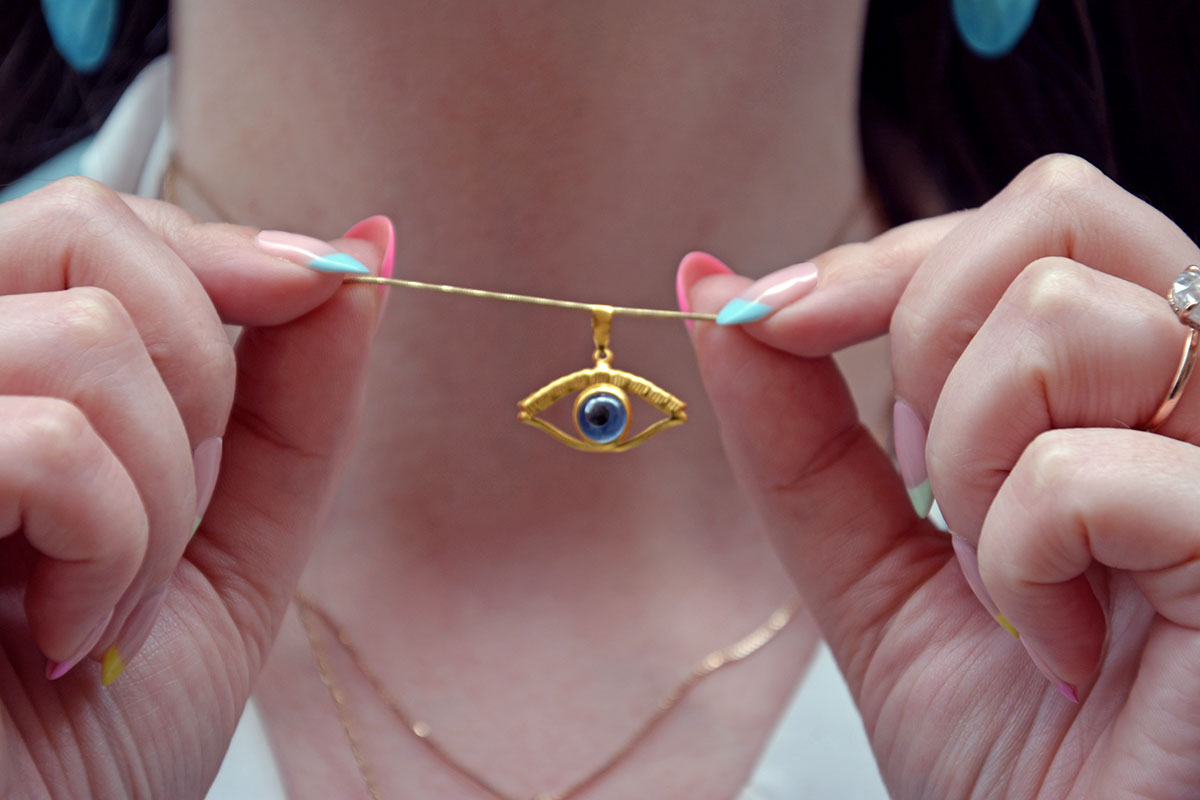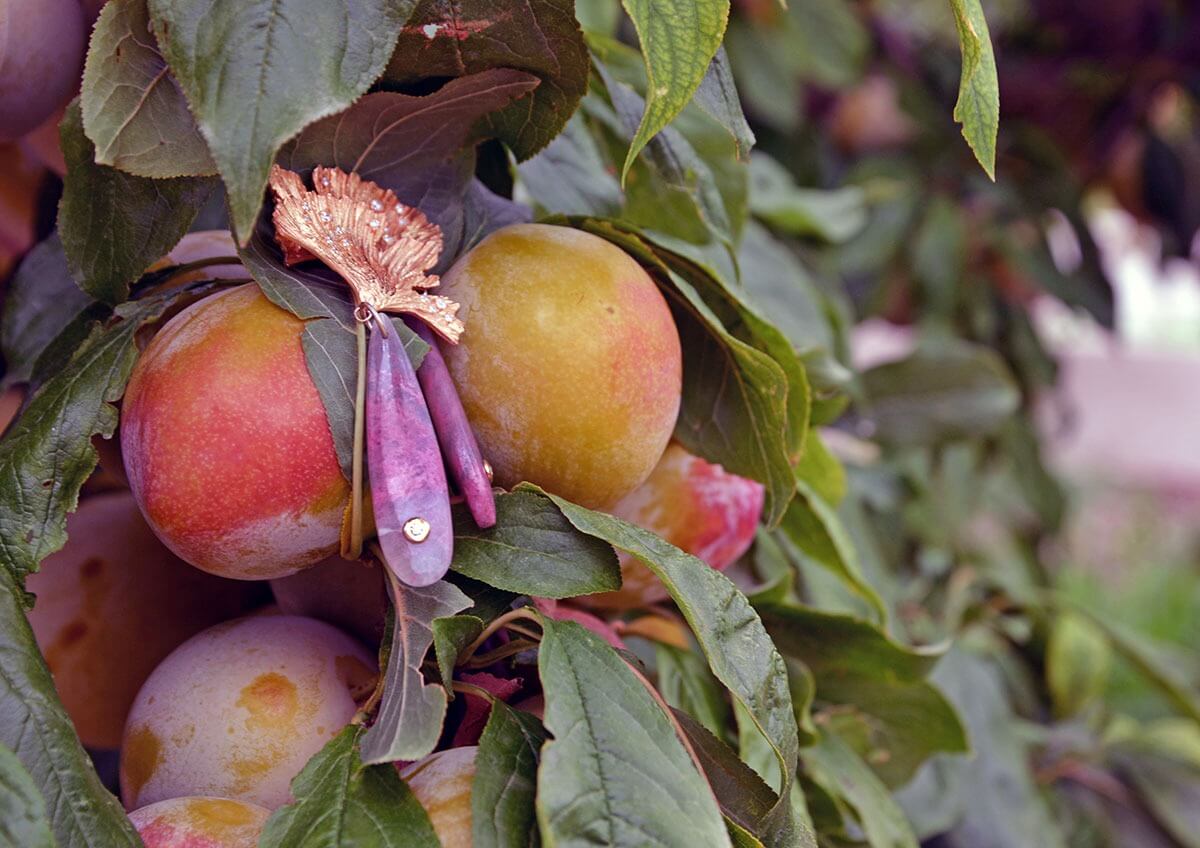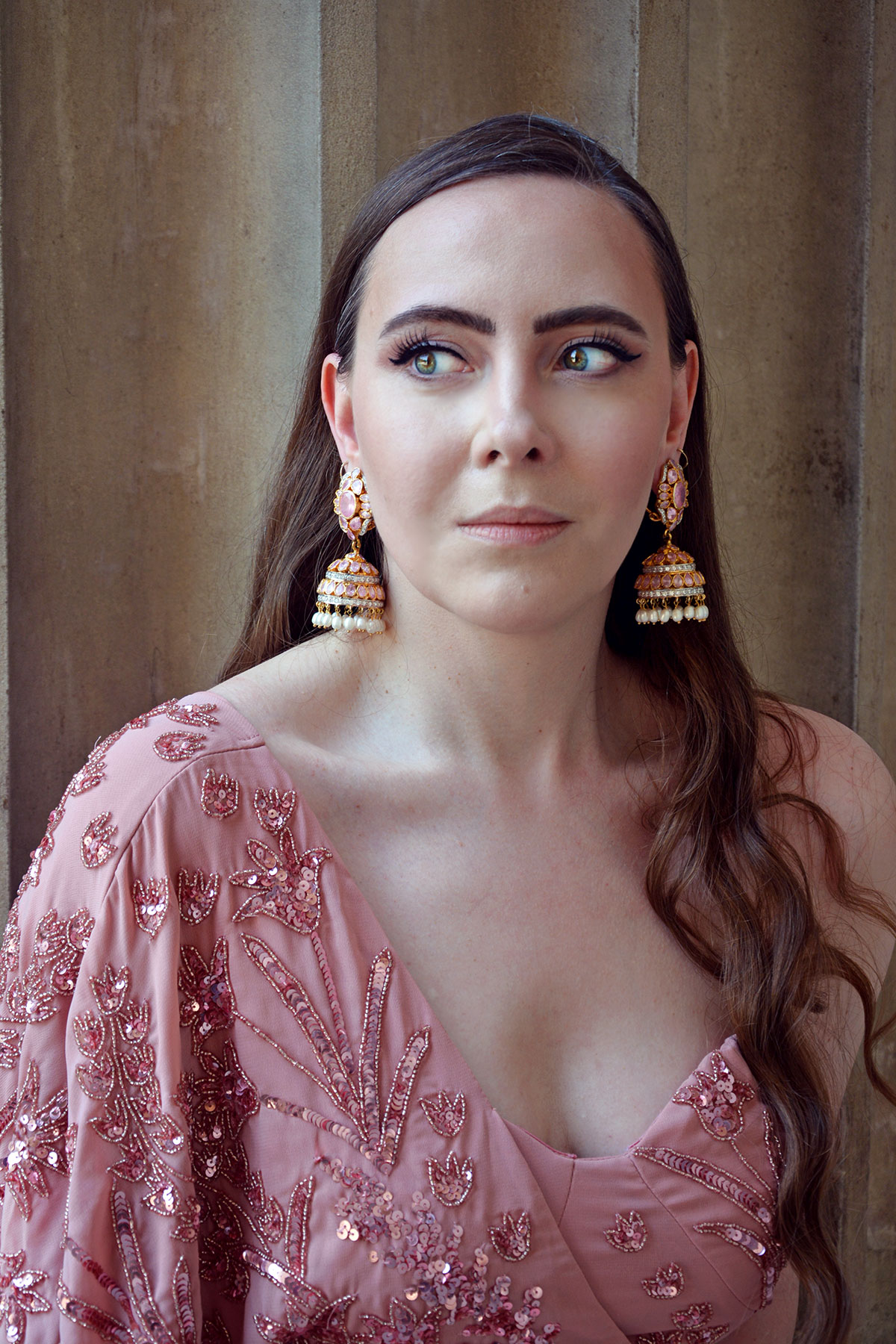
Scrolling through the #TravelInspo section of Instagram, with the Youtube algorithm following me immediately after, unfamiliar images and videos of unique landscapes started to hook me with their otherworldly beauty. As data consumers, we memorised the Martian landscapes of Iceland or Indonesia from social media, even if we’ve never visited. This wasn’t it. This was something different: Travel vloggers started to look for thrills in Pakistan.
Finally, on a global scale, Pakistan started to appear in news that was not limited to pure geo-political tensions, internal turmoil, human tragedy, corruption, extremism and catastrophic failings in women’s rights. To the Western audience, Pakistan appeared to be a destination. Nowhere near vanilla, but not an inconceivable deathtrap as it used to be perceived.
Romanticising this destination is not the goal. Like any country, Pakistan has its problems. But it seems that the negativity has created a barrier for acknowledgment of areas where this country excels. Landscapes, architecture, history, art – Pakistan is rich in all of these fields, and more. The field of my speciality is jewellery, and Pakistan is an unstoppable force when it comes to traditional and fine jewellery production.
While neighbouring India tops the list for global gold consumption, Pakistan is at number eight, according to Pakistan’s Small and Medium Enterprises Development Authority (SMEDA), despite being around 4.1 times smaller than India.
The tradition of wearing jewellery is deeply rooted in Pakistani culture. It is seen as an essential part of everyday life. Currently, Lahore – the fashion capital of Pakistan, and the port city of Karachi are considered to be the main hubs of jewellery making. This doesn’t mean the whole country goes on pilgrimages to these two cities for their jewellery needs – and those needs are extensive and frequent. Instead, more than 300 smaller towns have their own manufacturing and trading networks, and distilled still – more than 45,000 villages have their own jewellery shops, SMEDA estimates. Domestic demand for jewellery is insatiable.
Jewellery history in Pakistan
To do justice to the topic of jewellery history in Pakistan, I’d need to write a book – it is that vast. Instead today, let’s simply do a taster to orientate ourselves.
The first to wear jewellery in the region were the people of Harappan or the Indus Valley Civilisation. Their lands stretched from parts of Afghanistan, through Pakistan, reaching India.
The other extremely momentous time in jewellery history of Pakistan is of course the rule the Mughal dynasty from 1500s to 1700s. Under the Mughal rule, jewellery making became an art form in its own right. Some of the characteristics included:
- Heavy gemstone embellishments
- Floral designs
- Bird motifs
- Paisley patterns
- Painted portraits
- Heavy use of pearls
The popularity of these ornaments has stood the test of time, and these are still widely incorporated into bridal jewellery sets and ear cuffs – read more about the history of ear cuffs here.
It’s also worth noting that both Pakistan and India were under Mughal rule until the British assumed control in 1858. Pakistan partitioned from India on August 14th, 1947. This is why you will find a lot of similarities in jewellery types and naming conventions between both countries as well as Bangladesh and Sri Lanka, which altogether form the Indian subcontinent (sometimes also including Nepal, Myanmar and parts of Afghanistan).
Embellished bodies: Types of Pakistani jewellery
There are three main roles jewellery plays in the formation of identity and perception of Pakistani women:
- The sanctity of one’s body: Jewellery is designed for each part of the body that can carry it
- The harmony in one’s style: Jewellery sets are customary as finishing touches to ensembles – the more matching pieces that can be sourced, the more put-together the outfit is considered to be
- The wealth of one’s status: This is a less symbolic and more direct consideration; if one wears expensive jewels, one can allow oneself to do so, and therefore is more desirable for companionship.
With these three pillars considered, it’s worth noting that these are important to both the high society as well as traditional tribeswomen, varying only in refinement. While finer pieces made of gold and diamonds would be seen on the necks of well-to-do socialites, village women would proudly show off their silver pieces, made of chunky geometric patterns, and rarely taken off. Jewellery to a tribeswoman is not only part of her identity but also the only jovial impractical allowance during a day of hard work: Wearing jewellery might not be the most comfortable thing, but it its hers to own, plus it beats wasting time taking it on and off.
It’s worth noting that those who cannot afford either gold or silver, are spoiled for choice when it comes to imitation or costume jewellery.
Now that we covered why jewellery is important to Pakistani identity no matter the status, let’s talk about some jewellery terminology you may come across when in Pakistan or in a Pakistani jewellery shop. As discussed above, these names would also be understood in other countries of the Indian subcontinent which is a huge chunk of land – so it’s definitely worth memorising these:
- Jhoomar: Let’s start at the head. Jhoomars are worn on top of the head, slightly tilted to the side, incorporated into a hair style. These usually are triangular in shape and heavily embellished with precious and semiprecious gemstones. Legend has it that Mughal Empress Nur Jahan was the one who created this style.
- Teeka: A centre piece that is attached to the hair and suspended to land in the centre of the forehead. The third eye needs embellishment too.
- Nath, keel and long: We’ve travelled down to the nose. All three of these are nose ornaments. Bonus points if you guess what is a bulaq. It’s traditional septum ring – a great example is in the Victoria and Albert Museum here.
- Jhumkas: We have landed at the ear. Let’s start with jhumkas – traditional fringe bells. I am wearing Pakistani-made jhumkas here.
- Bala and bali: Large and small rings/hoops.
- Chandbali: Crescent moon shaped earrings.
- Machli: Does the spelling remind you of mackerel? It’s a good way to remember this design as it is a half circular fish shaped pendant earring.
- Kara: We’ve made our way down to arms and hands. Kara stand for bangles overall, meanwhile choori, kangan are types of bangle designs.
- Paunchi: This is a beaded bracelet design on a cord.
- Pazeb (or pajeb): We’ve made it down to feet. A pazeb is an anklet. Some popular styles of anklets are: jhanjhar or gulshan patti. Beautifully intricate, these come with semiprecious gems, pearls, silver or gold beads.
Popular Pakistani jewellery brands
Pakistani jewellery brands deserve global recognition, as in times of great uncertainty, political unrest and austerity, they managed to innovate, create and not compromise on quality or craftsmanship. Not many countries can say the same.
Sarwana
Sarwana is the oldest silver shop in Karachi! This brand is on the versatile side as here you will find jewellery for everyday as well as intricate pieces. Follow Sarwana.
Almas
A fine jewellery brand formed in 1967, Almas is known for their focus on fine gemstones and diamonds. This brand has presence in Karachi, Pakistan and has also expanded into Dallas, Texas, USA. Follow Almas.
Naurattan
Naurattan has been a known fine jewellery brand since 1962, specialising in gold and diamonds. Their sister brand, Naurattan Silver has become extremely popular as it gives you access to the craftsmanship only in silver instead of gold, making it perfectly accessible. Follow Naurattan.
Other popular brands include: Ary, Hanif and Patiala.
Do you have any Pakistani jewellery in your collection? In the images, I am wearing jhumkas from Naurattan.

